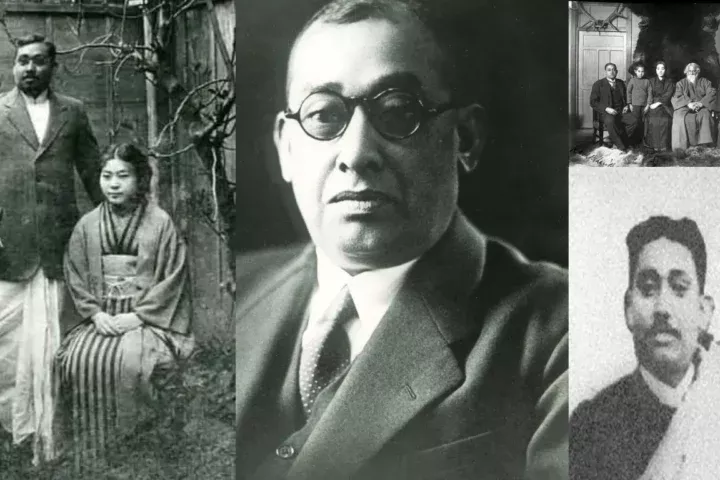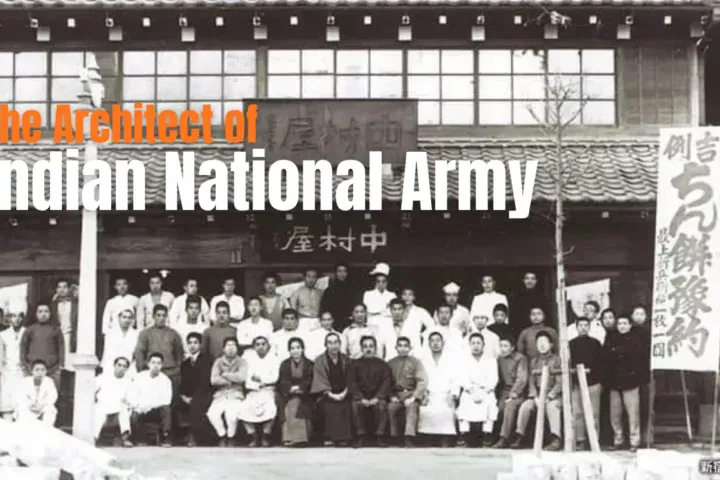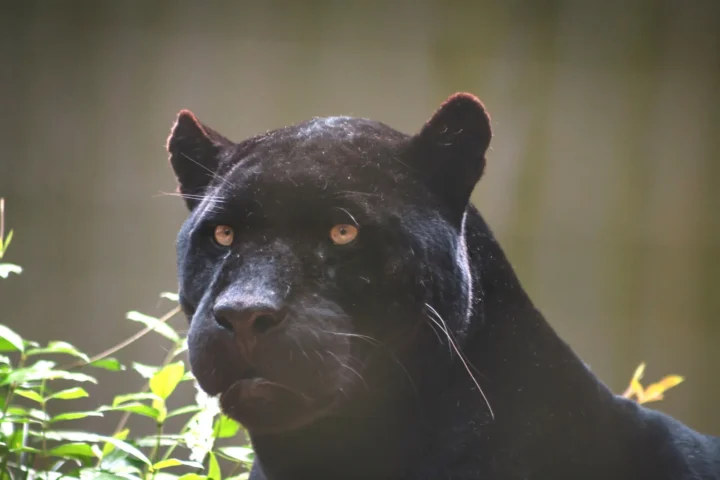Also known as Bishu or Bizu, is the main festival of Chakma tribe which celebrates once in a year for three days.
The BIZU festival celebrates in the month of April every year and the Chakma people have been celebrating the BIZU festival since its existence. The Bizu is the most important socio-religious festival of the Chakma. The festival is celebrating for three days and begins on the last day of the month of Chaitra [ Bengali month].
The festival is also celebrated by seven other ethnic groups in Tripura: Marma, Tangchangya, Tripuris, Mro, Khumi, Khiyang and Chak. The Marmas call the festival “Sangraig”, Tangchangya refer to it as “Bishu”, Truipis call it “Baisuk” and Ahmia name it “Bihu”
“They have released flowers on the flowing river water in early morning as a part of our three-day programme,” adding that in the first-day programme, we want to forget all sufferings, pains and sorrows and expect better days in the coming year through releasing flowers on the water and offering prayers at the Buddhist temples.
Wearing traditional dresses, the people including young ladies released flowers on the river in the morning in order to remove all frustration, sorrows and pains of the last year and hope for peaceful, happy and prosperous life in the coming year. They also lit candles on the riverbank and prayed to the Almighty expecting better days for the community and the country people.
Chakma community people organise a three-day traditional Bizu festival to welcome the new calendar year.
BIZU is the main festival of Chakma tribe which celebrates once in a year for three days. The BIZU festival celebrates in the month of April every year and the Chakma people have been celebrating the BIZU festival since its existence. The Bizu is the most important socio-religious festival of the Chakma.
The festival is celebrating for three days and begins on the last day of the month of Chaitra.
Phool Bizu :
The first day is known as Phool_Bizu and the day start with bath in the early morning and offer flowers to the river and go Buddhist temple for offering flowers, praying for peace. On this day, household items, clothes are cleaned and washed, food items are collected to give the house a new look with the veil of different flowers. In evening (last light) we burn candles in temple and in front of house praying for peace and fulfill of life.
Mul Bizu :
The second day known as Mul_Bizu or one day before the New Year eve day starts with the bath in the early morning. People wear new clothes (traditional) and make rounds of the village for offering food for animals and birds (Huro-aadar dena). They also enjoy this specially day made vegetable curry known as Pazon_ton and many different homemade sweets like Beng_Pidi, Sanne_Pidi, Bora_Pidi, Hoga_Pidi, etc. They invite everyone for testing their food and take part in different traditional sports. The day ends with the Bizu dance and Bizu songs.
Gojjepojje Din :
The last day, which is known as Gojjepojje_Din or New Year day involves the performances of different socio-religious activities. Children and young adults go out and bathing the elders and seeking their blessings. People attend prayer to the Monastery and offer pindu and sweets to the monks. At the evening time people light the candle around the monastery and home to as a mark of respect and its importance in their daily lives.
Some natural truth:
Before one week of Bizu, flowers are bloom and known as Bizu Phool (flower) and its decorated house surrounding with Bizu Phool by naturally and before one month the Cocco-bird started singing and roaming from here and there for alerts us. The Bizu phool looks like very beautiful and it’s very useful on this occasion mostly for offering. In the context of its nature some say that Bizu is a festival, which revolves around agricultural activities because it is celebrated in mid-April when the earth is just drenched with the first rain and the jhum (Shifting cultivation) sowing is taken up. And it is believed that with the objective of getting rich harvest worship of the earth was arranged which later on took the form of a festival. However, of late it has lost its agricultural character.









